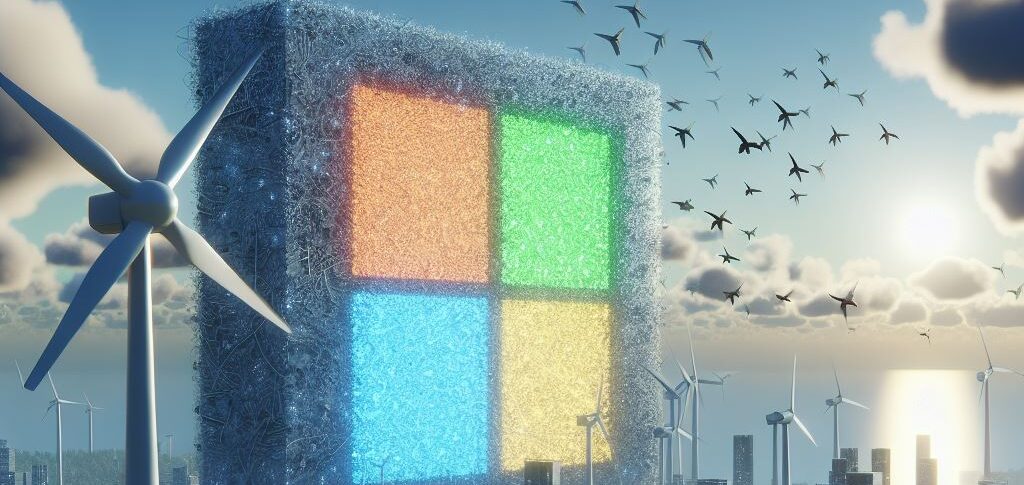A metal tower over 35 meters high stands out among the treetops in the heart of Amazon Cool, about 80 km north of Manaus. Around it, 16 aluminum towers will be erected, arranged in the shape of a ring, to “pump” CO2 and transform this piece of forest into an experiment on the future of the planet.
ADVERTISING
The project AmazonFACE, co-financed by the governments of Brazil and the United Kingdom, is “an open-air laboratory that will allow us to understand how the forest will behave in these future climate change scenarios”, explains one of its coordinators, Carlos Quesada, at the foot of the tower and wearing a protective helmet.
“How will the forest react to this change in temperature, change in water availability, in a world with more carbon in the atmosphere?” questionto Quesada, researcher at the National Amazon Research Institute, of the Ministry of Science, Technology and Innovation.
“Window to the future”
The FACE (Free Air Carbon Dioxide Enrichment) technology has already been used in forests in Australia, the United States and the United Kingdom, but never in a tropical forest.
ADVERTISING
By 2024, there will be six “carbon rings” pumping this gas – one of the causes of global warming – at a concentration between 40% and 50% higher than today. For ten years, researchers will analyze the processes that occur in leaves, roots, soil, water and nutrient cycles.
“We will have more accurate projections on both things: how the Amazon forest can help us in relation to climate change, absorbing at least part of the carbon we throw into the atmosphere; and, on the other hand, it will also help us understand how the forest will be impacted by these changes”, explains David Lapola, researcher at the State University of Campinas (Unicamp), who coordinates the project with Quesada.
The increase in carbon in the atmosphere could lead to a “savannization” of the Amazon, with its vegetation adapted to a climate of higher temperatures and longer droughts. But CO2 can also “fertilize” the forest and make it temporarily more resistant to these changes.
ADVERTISING
“It would be a scenario with a positive impact, at least for a while, which would be very important for us to reach zero emission policies”, says Quesada.
The project is “a window to the future: we will be able to open it and see what will happen in the next 30 years. And with that we save time,” he adds.
The United Nations Intergovernmental Panel on Climate Change (IPCC) has once again called for ambitious action to combat climate change. global warming.
ADVERTISING
According to its latest report published in March, warming will already reach 1,5 °C compared to the pre-industrial era from the years 2030-2035.
A landmark study by researchers Thomas E. Lovejoy and Carlos Nobre, from 2018, points out that the Amazon will reach the point of no return of “savannization” due to deforestation, when it reaches 20% to 25% of its territory.
Currently it reaches 15%.
Brazil-United Kingdom Cooperation
AmazonFACE, coordinated by Unicamp and the Ministry of Science, Technology and Innovation, has the collaboration of the Ministry of Foreign Affairs and the British meteorological service (MET office).
ADVERTISING
The British Chancellor, James Cleverly, visited the facilities this week and announced a new contribution of 2 million pounds for the project, which since 2021 has already received 7,3 million pounds from the United Kingdom (R$45 million at current exchange rates).
Brazil, in turn, invested R$32 million.
(with AFP)
▶️ Understand better how the project works:
Read also
* The text of this article was partially generated by artificial intelligence tools, state-of-the-art language models that assist in the preparation, review, translation and summarization of texts. Text entries were created by the Curto News and responses from AI tools were used to improve the final content.
It is important to highlight that AI tools are just tools, and the final responsibility for the published content lies with the Curto News. By using these tools responsibly and ethically, our objective is to expand communication possibilities and democratize access to quality information. 🤖




